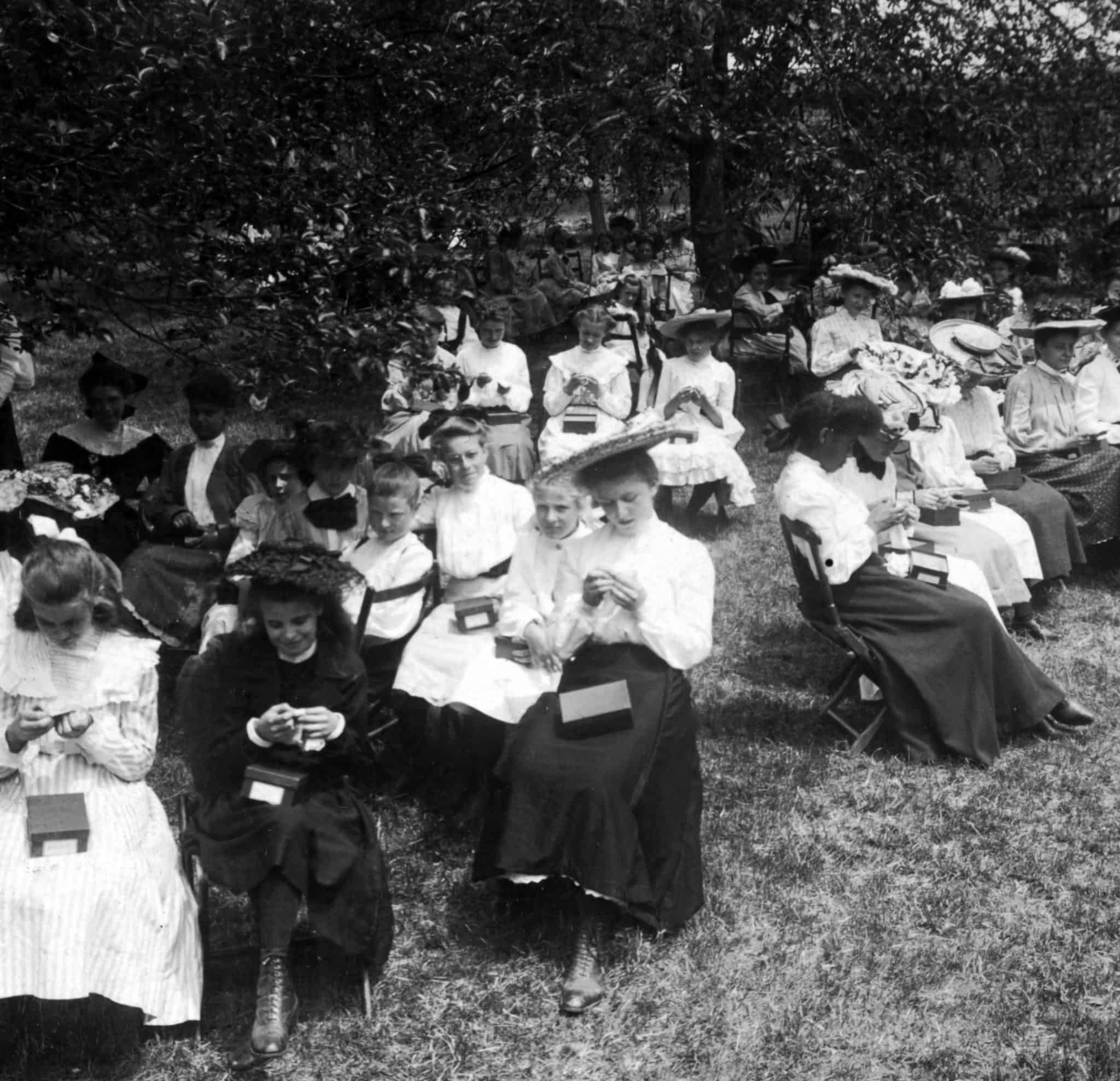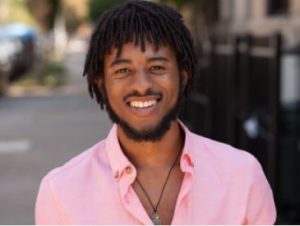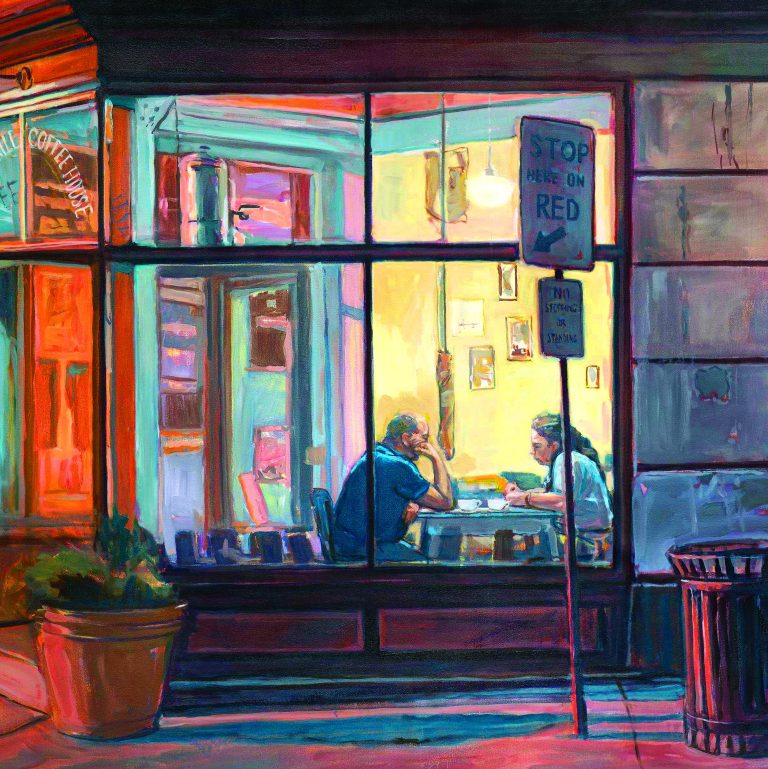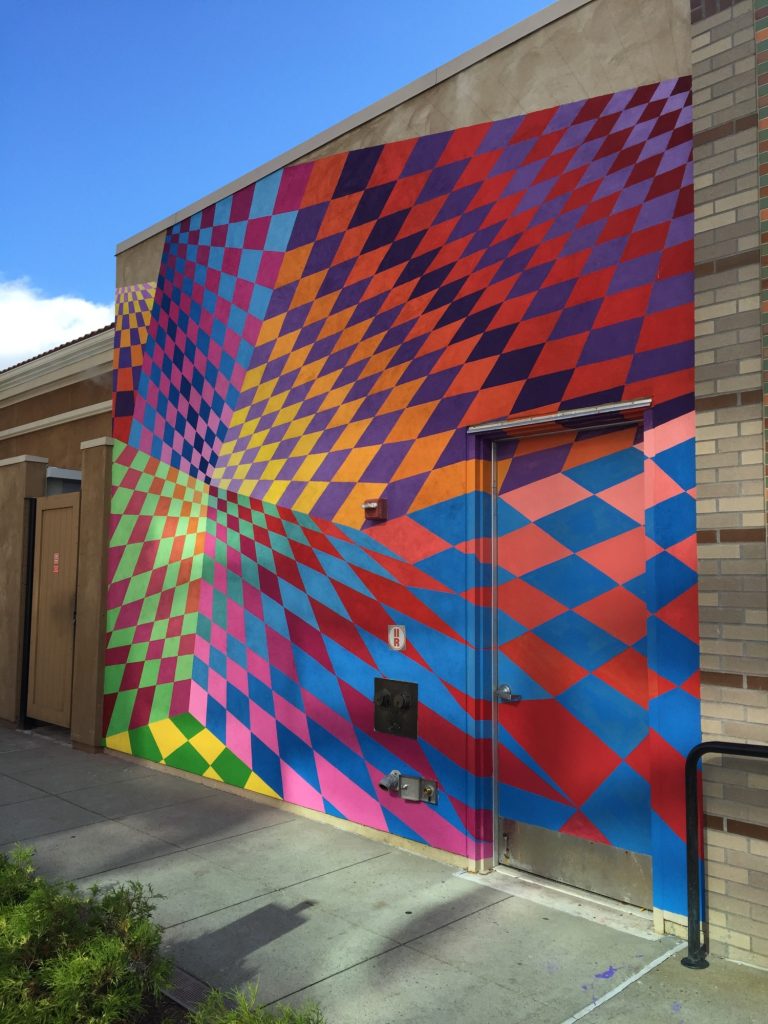Voices in the Landscape
by Michelle Falkenstein
Lyndhurst Executive Director Howard Zar envisioned Voices in the Landscape as a weekend-long celebration of the people who found inspiration and respite from the scenery of the Hudson River. Voices was tentatively scheduled for the weekend before Juneteenth on June 19—a holiday that commemorates the emancipation of slaves in the U.S.
Then COVID-19 hit, upending any plans for a live event. “At some point, we realized it was not going to be possible,” Zar says.
But rather than abandoning the idea wholesale, Zar and his team thought about how they might keep it alive. And so, like many arts organizations dealing with the fallout from coronavirus, they decided to take the project online.
“It was great working with ArtsWestchester and its CEO Janet Langsam to redirect our grant funding from an in-person event to an online exhibition once the pandemic hit,” says Zar. “They were extremely quick and flexible working with us to come up with ideas and ways to pivot when faced with our new reality.”
The weekend celebration was meant to focus on two prominent local women who were active in the early part of the 20th century. The first, Madam C.J. Walker, was a daughter and sibling of slaves—the first child in the family born after the Emancipation Proclamation. Madam Walker developed hair care products for Black women and became the first self-made female millionaire in America. Her home, Villa Lewaro, on Millionaire’s Row in Irvington, was used as a meeting place for a fleet of Black women who, like proto-Avon ladies, marketed and sold Madam Walker’s products door-to-door.
The second woman was Helen Gould, daughter of railroad magnate and financial speculator Jay Gould, who inherited Lyndhurst after her father’s death. Gould added several buildings to the property, creating space for a sewing school for young women designed to provide them with otherwise unattainable economic opportunities.
Once the online idea was born, the team at Lyndhurst began reaching out to the people who had agreed to take part in the live weekend event, including A’Leila Bundles, Madam Walker’s great-great-granddaughter and author of On Her Own Ground: The Life and Times of Madam C. J. Walker; Carolyn Brown, an actress who interprets Madam Walker’s life; Senator Andrea Stewart-Cousins, the first woman and African-American majority speaker of the New York State Senate; and Elizabeth Shepard Burr, Helen Gould’s great-granddaughter. All agreed to create videos for the program—Bundles, in fact, created 10 short videos on a variety of topics, including Madam Walker’s legacy, why she moved to Irvington, and her philanthropic efforts.
And now, Voices in the Landscape lives online—in perpetuity. “There’s no reason to take it down,” says Zar, who gives thanks for an opportune upgrade of Lyndhurst’s website this past spring that expanded its functionality.
In addition to the aforementioned videos, visitors to the Lyndhurst website can also view an online exhibition gallery; listen to the music of Aaron Copland, a Westchester resident who was inspired from nature; hear from horticulturist Wayne Cahilly about his work with Lyndhurst to restore its historic landscape; and watch an outdoor dance performance by Trainor Dance Company.
Zar hopes to add the Native American experience to the virtual exhibition. “We want to include the voices of people who were here before European contact,” he says.
Even though the exhibits themselves are closed, visitors to Lyndhurst can still walk the grounds and look through the windows—Zar says that on the northern side of the Bowling Pavilion, one can see large photos of both Madam Walker and Helen Gould and their houses.
In 1918, Walker and Gould were neighbors. Zar doesn’t know if they ever interacted, although he believes they knew of each other. “Madam Walker lived in the house for one-and-a-half years at most, and during part of that time she was ill,” he explains. “Gould had women of color in her sewing school. She didn’t differentiate on that basis. But Walker and Gould would have had different friend groups.”
People may think of Westchester as a “white place,” Zar says, but it has always been much more diverse than they think. “The voices were always there,” he says, “even though you might not have heard them.”
A version of this article first appeared in the September issue of ArtsNews, ArtsWestchester’s monthly publication. ArtsNews is distributed throughout Westchester County. A digital copy is also available at artsw.org/artsnews.
More from As a Matter of Art Blog
About Michelle Falkenstein
Michelle Falkenstein writes about culture, food and travel. Publications include The New York Times, Journal News, Albany Times Union, ARTnews Magazine and (201) Magazine







